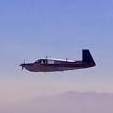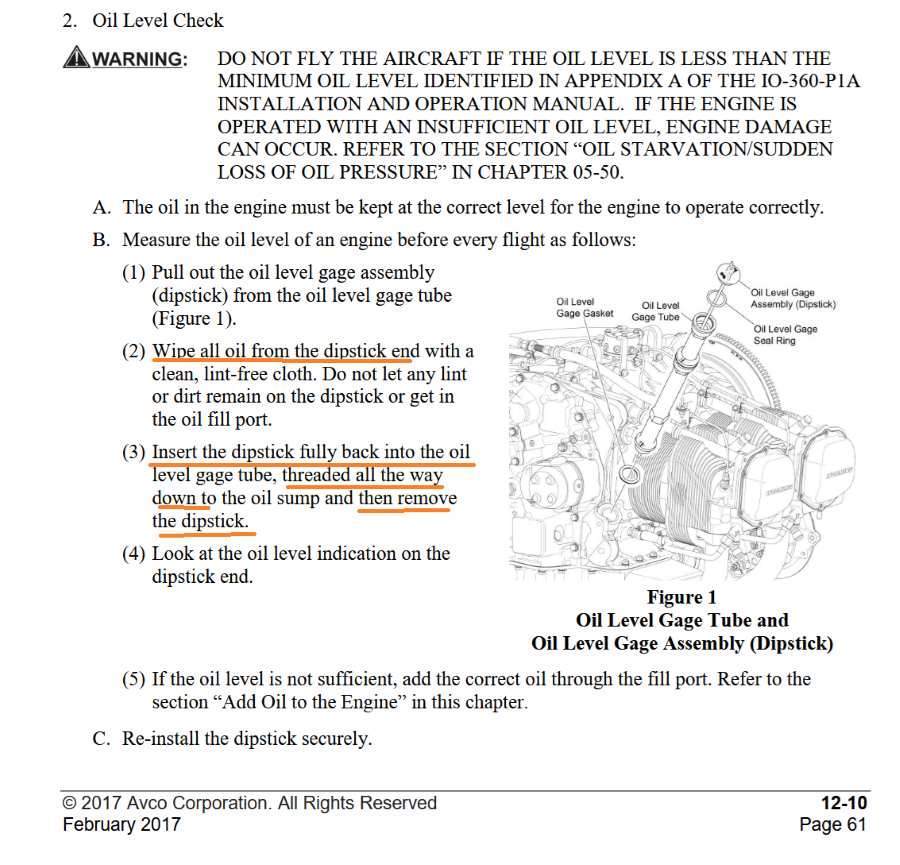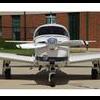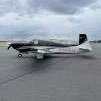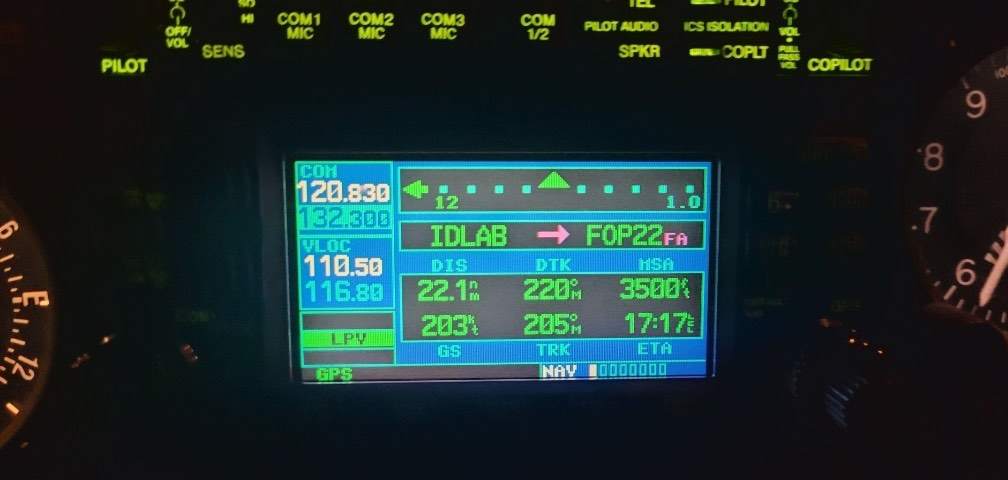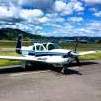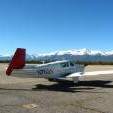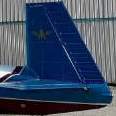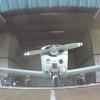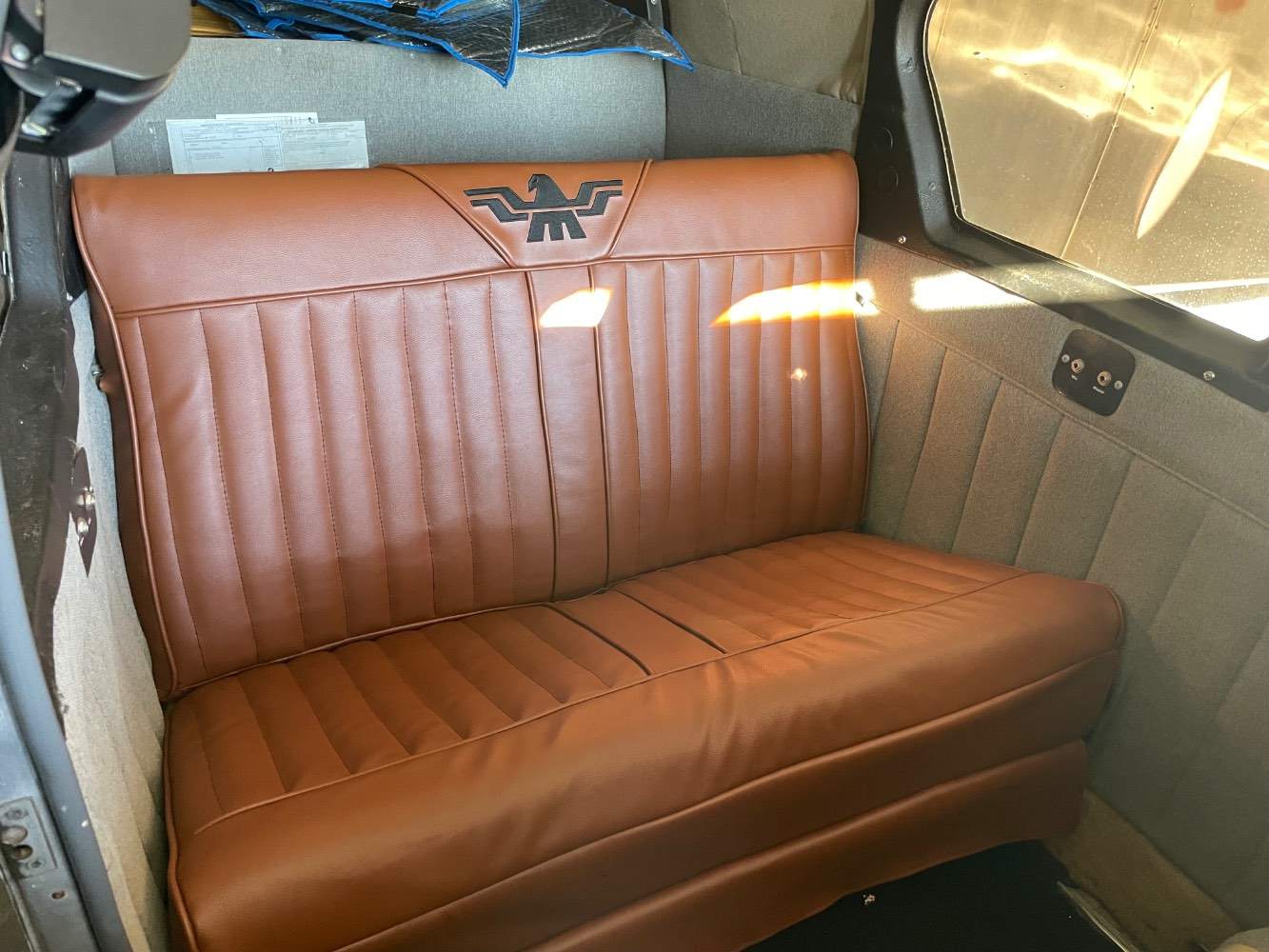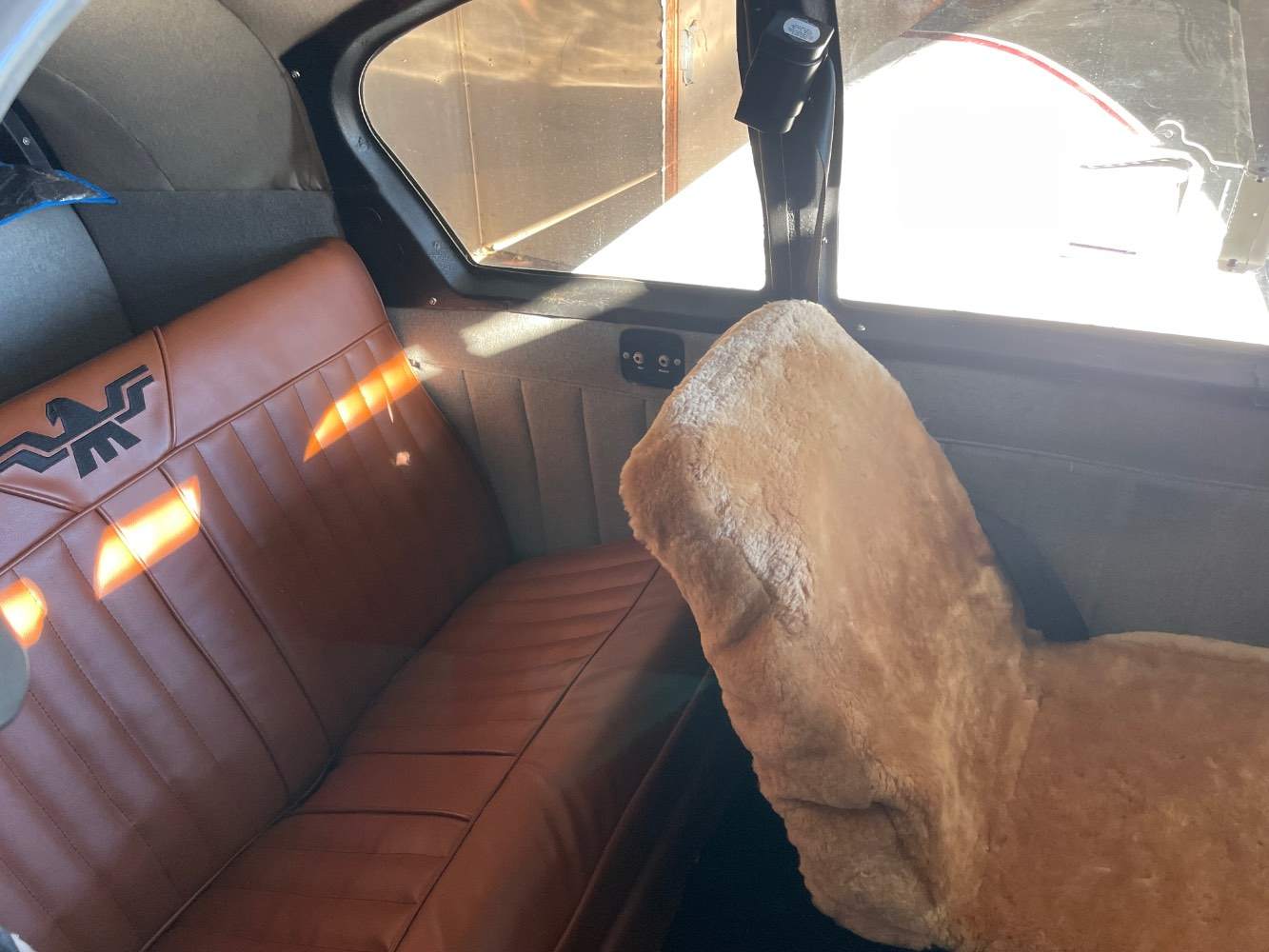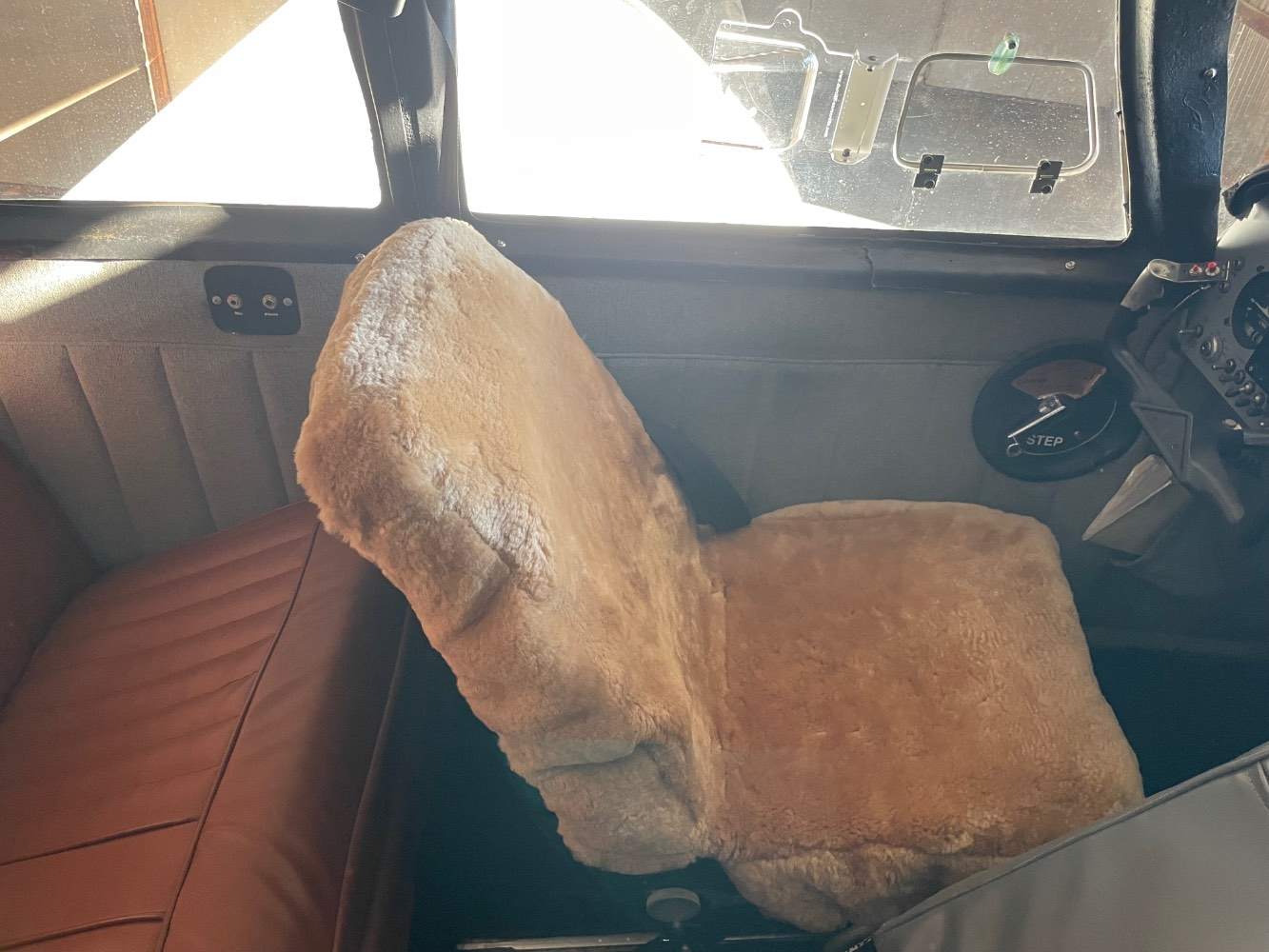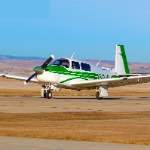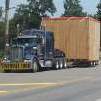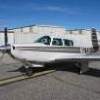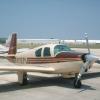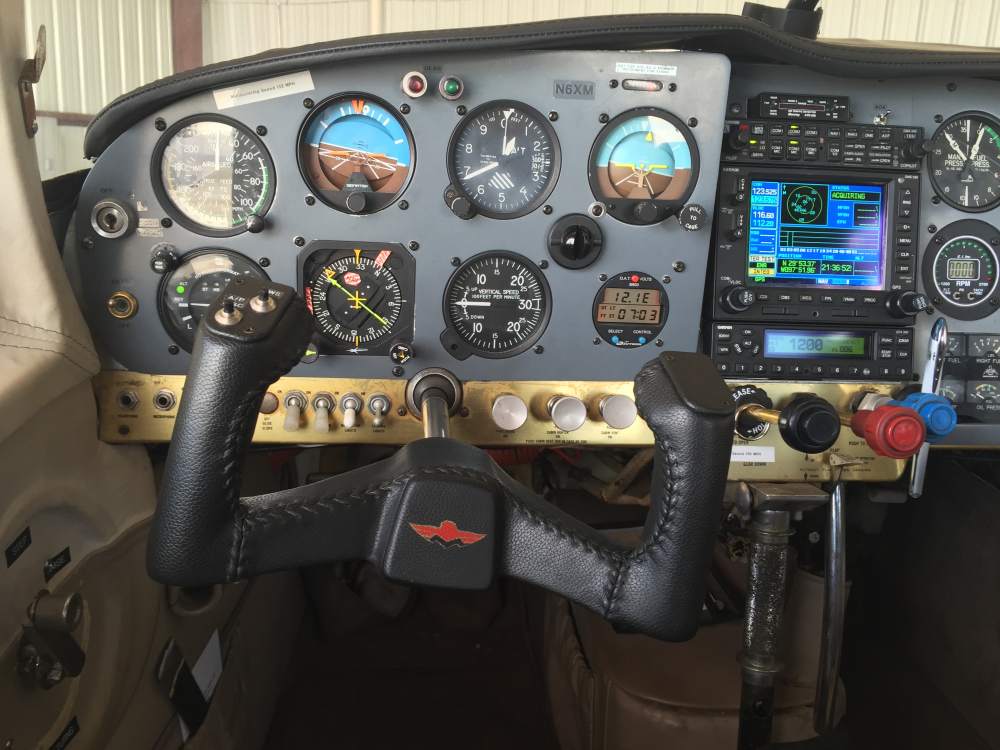Leaderboard
Popular Content
Showing content with the highest reputation on 12/09/2024 in all areas
-
6 points
-
3 points
-
Having the government force-pick a winner is never a good idea. GAMI seems desparate here, I suspect because they feel they won't win otherwise.3 points
-
I was watching this TickTock the other day on walking. It was pretty fascinating in that it involved putting your right foot in front of your left foot and repeating. I was pretty thankful for this because I managed to get to the bar and pour myself another Tito’s rocks. My wife really likes it because now I don’t have to scream for her to bring me a drink anymore. Honestly I am not certain which method of getting a drink I will use long term. It is really great though to have an option. I mean without this TickTock where would I be?3 points
-
Not too shabby for a 61 year old C. I had 30+ knot tailwinds the entire trip from Kerrville to W Palm Beach. Sent from my Pixel 9 Pro XL using Tapatalk2 points
-
I like the theory that the V-tail was a result of a parts shortage for fins and rudders.2 points
-
I have to give a big thumb's up to @Parker_Woodruff as he just got me renewed with no price increase. Same price as last year. Thank you Parker!!2 points
-
Ground refresher or a better CFI for my complex. I am learning about unknown unknowns right now.2 points
-
2 points
-
I'm very familiar with patents. Our patent lawyers used to say, "It's not a patent until a judge says it's a patent." Patents have to be defended when challenged, and claims and entire patents get invalidated all the time. A patent just teaches one way to do something. If there are other ways, aka 'workarounds' that don't infringe, then those are legit and completely protectable and marketable. Patents are also public, so the other players can know what's there and what they need to workaround if they want to. This is pretty common, although there are other strategies as well to avoid contamination of research. And the government doesn't pick winners via patents, the government just grants patent applications if the material isn't already patented (that's all the patent office does, check that there isn't prior protected art and a very low threshold of "obviousness"). Patents don't stifle competition, they just protect a particular way to do something. They don't pick winners by a long shot. VHS and Beta were both patented.2 points
-
2 points
-
2 points
-
^^^^ THIS ^^^^ But, it is Kalifornia where freedom is antithetical to the government's need to tell you how to live Not sure why I keep living here?2 points
-
It was just answering your question of whether there are alternatives to GAMI's fuel considering the presence of a patent. I've not heard any mention of either of the mentioned players seeking a license from GAMI, which suggests that they may think they don't need one. Previously published deep-dive discussions suggest that they're both taking approaches different to GAMI's, perhaps to avoid material compatability issues or to address other concerns, or for whatever reason. Both have far more experience formulating and distributing fuel than GAMI does, so I'd guess that they know their way around the issues.1 point
-
In fact, this would make a great presentation at the next Mooney Summit, if you are able to attend. @SkyBound? @DanM20C?1 point
-
A year ago we flew to UT and had tailwinds both ways with groundspeeds running between 180-190mph, topping out at 203mph at one point. https://intothesky.com/2023/12/01/tail-winds-both-ways/ There's always the flip side. We went to St George at the beginning of the year and the flight back saw the headwind top out at 67mph. It took us almost as long to get back to SoCal from St George on that trip as it did from Salt Lake on the earlier trip.1 point
-
VP and Swift both have candidates headed toward ASTM. I suspect GAMI's actions in CA are just trying to get ahead of that. It's not an unusual strategy, especially if there isn't confidence they'd be able to compete otherwise.1 point
-
must be confused?? I never understood why some people think it's backwards when in reality is swept forward.1 point
-
The M20K seems to be the sweet spot for insurance for instrument rated pilots flying short & mid-body Mooneys.1 point
-
1 point
-
Lycoming filler neck removal tool should be called! My experience is that if the dipstick is too tight, you will also unscrew the filler neck when removing it.1 point
-
The overall thrust of the comments is that you might need some ground refresher on the effect of altitude on engine performance, manifold pressure, and indicated vs true airspeed. If @redbaron1982's pickup of 11K is correct, depending on ambient temperature, ~18" MP sounds about right and your 125 KIAS equates to ~150 KTAS. Is that OK?1 point
-
Spoke with the A&P (sent him the pics) this morning, he agrees, looks like the nitride cylinder flaking. He also said do the SI, change the filter in 5 to 10 hours, for me to borescope #4, and let him know what the Blackstone report says.. That is the plan for now. Lycoming’s SI it really clear on what to do, thankfully… https://www.lycoming.com/sites/default/files/attachments/Piston%20Pin%20Plug%20Wear%20Inspection.pdf -Don1 point
-
I had my record speed for out-return in M20J, albeit in France, we had storm Darragh and it was a good idea to circle around it while it’s moving (fly south on outbound flight Saturday and north on return flight Sunday) Overall the wind optimisation gave 60kts tailwind Saturday afternoon and 40kts tailwind Sunday night: as long as you keep depression to your left, you have a happy tailwind, only valid in northern hemisphere (somehow reminds me of electromagnetism exams ) Cruise climb 172kts and +1200fpm on Saturday afternoon and +200kts LPV followed by circle to land Sunday night1 point
-
Did a whole bunch of posts disappear out of this thread??? Never mind...I guess there are TWO threads with the EXACT same title....life goes on.1 point
-
I have an order in now. I was told the lead time is 20 weeks. The boot that is on there now is suitable, but appears to be close to no longer being suitable. Annual in Feb will either clear it for a bit or ground me until I figure something out.1 point
-
I check it 24 hours or more after a flight, so don’t wipe the dipstick as the level is easy to see. If im flying again the same day, I just make sure there’s oil on the stick between 4-6 and add some based on my normal useage if required (like after a 3 hour leg, id add 1/2 qt). But I wouldn’t worry about wiping the dipstick and getting it exact. Most of the oil is up in the engine.1 point
-
I hesitate to say this in public, but after posting and asking questions like this about the oil stains on our gear doors and exhaust tunnels for years, our long-standing mechanic finally said to me one day, "Son, you need to either overhaul the engine, or lower your standards." Certain oil leaks that are benign from a safety perspective, simply cannot be fixed without maintenance that is just as likely to cause serious problems as it is to fix the annoyance of the oil leak. In our case, the main source of the leaking oil is the gasket seal on the oil pan, which is quite long in the tooth. This could definitely be addressed without an engine overhaul, but it would require removing the oil pan, which first requires removing the exhaust, which first requires removing the lower cowl, and so on. All of that could generate more serious problems. A bit of leaking comes from the rubber couplings on our oil drainback tubes, as @Yetti notes. When this first started, we tightened the hose clamps a bit and got it to seal, but eventually the rubber got pretty brittle, and it's more or less impossible to keep it bone dry without replacing the couplings - which maybe can be done without removing exhaust and/or induction tubes, but it's a pain. We have a couple of pushrod tubes that leak chronically at the seal near the cylinder head. The gaskets have been replaced multiple times, but they continue to seep. When we had cork valve cover gaskets, they'd start seeping after a year or two, though that's gotten better with the silicone gaskets. Sometimes seeping oil comes from a blown main seal at the crankshaft. We do check for this, and address it when found. But it's not really a critical airworthiness issue, and the prop has to come off to address it. One time the mechanic who removed the prop showed me how the previous mechanic to remove the prop botched the prop bolt safety wiring on re-installation. We do wash the engine at every annual, inspect for oil seeps at the crankcase seam and cylinder attach bolts, look for cracks in the case, etc. More importantly, we try pretty hard to wipe the oil off after each flight, so that we're starting from a relatively clean state, and can check after the flight to see if the amount of oil on the gear doors and exhaust tunnel is "normal". Bottom line, I've come to accept that while we'd all like a bone-dry engine, the design of the engines we fly isn't really conducive to staying dry through thousands of hours and dozens of years. Most of the Lycoming/Continental engines I see in the shop and on the ramp leak some amount of oil - particularly flight school airplanes and those flown for hire. For better or worse, I've abandoned the dream of a dry engine... at least until overhaul time.1 point
-
As a few guys mentioned, there are some cheaper ways to get a nice end product. My F is currently getting the seats done right now. I chose a high quality marine vinyl in a medium gray. I'm also having the "easy to get off" side panels done too. My plastic is all in generally good shape, so this will be a light renovation but should be a BIG step up from the early 80's bowling alley fabric it has now. The upholsterer is also reshaping the seats a bit as the last time it was done (1982ish), they built up the side bolsters. I'm not lifting much of a finger. My normal A&P is doing the removal and reinstallation. A guy that does nice car & boat work is doing my seats (he's also a pilot & CFI). All told, I'll have $3K in the job. It takes a bit of a personal network, but checking with nearby airfields, mechanics etc is well worth the time. You are certainly not the first guy that wants to do an upgrade and not sink a giant load of cash into the plane.1 point
-
1 point
-
Most likely you have a ground not attached firmly. Start with the battery and then check the grounding strap that should be on the passenger side from engine to the firewall. What your comms/EMS is grounded to is the most suspect.1 point
-
If we’re competing on the other end…I’ve got -6 knots in a 152 in Oklahoma (and I wasn’t really trying). I think I could have managed -10 or even -12 with some effort. Stalling with a 50 knot headwind probably not the best idea I’ve had, however. Personally I seem to have a knack for flying from point A to B with a headwind…then turning around and finding a headwind from B back to A. Just one of the many gifts I have. That and picking the slowest checkout register.1 point
-
High level airspeed come from tailwinds. That how I came home from Houston at 170-178 knots. On the other hand, headwinds as I diverted around icing once kept me to 105-115 knots, and climbing to get past Knoxville I bottomed out at 68 knots at 10,000 msl, dodging icy cloudtops. My wife said, "glad we aren't in a Cessna!" How quickly we get spoiled!1 point
-
1 point
-
We patched a small leak in one of my tanks at annual last week and when we were in there, it became pretty apparent that a reseal was on order. The sealant is starting to bubble up and will be pulling away before much longer, it looked bad. Since I'm flying a C with the small tanks, I thought I'd attempt this myself on one side instead of taking it somewhere. I've read mixed reviews on that idea, some people said they wish they'd never started it and others said it wasn't all that bad. For those of you that have done this and didn't think it was all that bad, what process or chemical did you use to strip the old sealant off? Did you just scrape it off manually or is there something I can put on it to soften it up first? Any tips are appreciated.1 point
-
Rabbit Aviation @ KSQL brings the fuel truck around within 15 minutes during regular hours. I'm based there. Call them on Unicom. Fuel is priced mid-range for the area, particularly considering you don't have to pump it yourself.1 point
-
Well maybe. Maybe it’s the correct one? My io-360 wasn’t linear either. 4-6 was closer than 6-8. I think he should verify the part number and check it qt by qt while he fills before getting too worked up about it.1 point
-
@bcg Sounds like you're a DIY guy like myself. Don't let all these naysayers talk you out of some honest HARD work. Frankly, I've considered doing the same when my tanks get bad. I fully realize it's going to be an arduous job but honestly doubt it's going to take more than a few solid 8 hour days to strip a tank (20-30 hours); I'll be most interested in your feedback should you accept the mission! Use the proper sealants and carefully apply and I don't think the 'skill' level is some 'off the charts' expertise that some here would have you believe. A top heart surgeon is probably not the guy to do a good job cleaning your pool, for example What are the materials going to run, 1 AMU? And, what's a tank reseal these days $8,000? I'll work pretty hard to save $7,000...the old 'what's your time worth' always falls on deaf ears to me...it's not like I'm getting paid when I'm sitting on the couch. Even more so now that I'm retired! Good luck! I'm rooting for you, anyway1 point
-
I use skyvector which isn't always accurate for prices, but is a decent gauge for relative prices among airports in an area. It does show KSQL and KPAO with 100LL, with KPAO being a lot cheaper right now.1 point
-
Well, you're heading in the right direction. If you add another 1,022nm we can all have lunch at the Skyway Cafe @ KSFF.1 point
-
You might want to do one tank at a time. That way if it does turn into a s-show, you can fly it somewhere on the second tank.1 point
-
1 point
-
the firewall is a funnel that leads directly to the nose gear assembly. Could be anything. Only way you’ll find it is to clean the engine up really good and then notice it before it spreads everywhere. it’s a constant battle. That looks like a normal amount of oil for a common leak. If your oil level is about the same, probably no real worry. A little bit goes a long way. However…. I hate oil leaks and I will try my best to find them over time, but I don’t obsess about them like I used to. Sometimes it takes a lotta tries before you can pin point. If you’re not comfortable tinkering, at least try to isolate the general area it begins to accumulate anfter cleaning and then relay the findings to your mechanic.1 point
-
Got a little revenge today on the return flight- Santa Fe to Tuscaloosa (938 NM) non-stop in 5:25. 173 knots average groundspeed at 11,500. Landed with 18 gallons of fuel left in the tanks. Fun! As the plot shows, the further east we traveled, the tailwinds increased. Just before TOD we were up around 195 knots. At the beginning of the cruise descent the groundspeed hit 210 knots. Did not see a single cloud anywhere, all day.1 point
-
If the positions were swapped and we were being forced to switch from G100UL to 100LL right now, the whole pilot community would be up in arms, not even counting the TEL's health effects. Lead fowling in plugs? 100LL is a non-starter! 100LL's performance per volume? 100LL is a non-starter! Can't use modern oils? 100LL is a non-starter! Sure, G100UL isn't perfect and by switching we are trading some flaws for other flaws. (I don't want my paint stained!) But overall I think G100UL is a better solution than continuing to use 100LL. Mostly because of the perception of the health effects of the TEL in airplane exhaust. And we are unlikely to ever have as much data on G100UL as we do on 100LL in terms of engine performance and longevity. Piston powered aviation has passed its peak; even if we magically switched everybody to G100UL now, there will never be as much avgas burned in the future as there has already been burned. Unless someone can state a specific testing metric and threshold that would be sufficient that we have not met, and why the current testing is insufficient, I am not going believe any arguments that 'more testing' or 'more time' is needed. I think this is just resistance to any change. https://thelogicofscience.com/2016/06/20/the-nirvana-fallacy-an-imperfect-solution-is-often-better-than-no-solution/1 point
-
This is close, but not completely accurate. They have said that their warranty will not cover damage CAUSED BY the use of G100 fuel. The Magnuson-Moss Warranty Act is clear that companies can't void your warranty or deny warranty coverage solely because you use a part made by another company or because you get repairs done or other services from someone not associated with the company. (Unless the company provides the part of service for free under their warranty). This was litigated and then settled in 2022. https://consumer.ftc.gov/consumer-alerts/2022/07/ftc-says-companies-warranty-restrictions-were-illegal From Lycoming directly: "Lycoming’s Limited Warranty does not cover damage caused by operation outside of Lycoming’s published specifications or the use of non-approved fuels or lubricants." You can choose to run this fuel if you want to but if this fuel causes damage the damage is on you. GAMI says it won't cause damage. (Naturally they say that!). This is IMO pretty standard. You can use your laptop as a plate to eat lunch off of, but if doing so causes damage to the laptop, that damage will not be covered by warranty. But even if you do eat your lunch off of it if the manufacturer installed bad components and those fail they are still obligated to honor the warranty they provided. One tough part as a consumer is knowing that they all have a legal team and a strong motivation to avoid paying out on a warranty claim. At most you are likely to get the cost of a repair, but if they pay out a warranty claim, there are likely hundreds or thousands of other claims they are much more likely to have to pay. So even if the individual claim is a net loss to them (e.g. they paid $250,000 to defend successfully against a $25,000 repair) they will have a net positive by not having to perform another 9 repairs. And determining the cause of engine damage can be tricky. Did it get run outside of manufacturer's guidance? Too hot? Did you overspeed it? Why did the cam spall? Really hard to tell. https://www.avweb.com/aviation-news/reid-hillview-airport-launching-sales-of-g100ul/ https://www.avweb.com/aviation-news/lycoming-clarifies-g100ul-warranty-impact/ https://www.aopa.org/news-and-media/all-news/2024/june/19/cirrus-advises-g100ul-use-may-void-warranties (Or more directly: http://servicecenters.cirrusdesign.com/tech_pubs/SR2X/pdf/SA/AllAdvisories/2024ServiceAdvisories/SA24-14/SA24-14.pdf) Also very interesting to note: (From an email list with my co-workers) Michael S. wrote: There's a decade-old consent decree where a number of California FBOs settled a lawsuit by saying that they will sell the lowest-lead avgas that is "commercially available". As long as 100LL was the only option, that was a no-op. There's later litigation about whether G100UL being available for sale at the refinery makes it "commercially available". Braly says that if RHV sells some to pilots tomorrow, as they intend, that pretty clearly meets the standard. This is overreaching in my opinion, since the settlement defines "Commercially Available" as being available "on a consistent and sustained basis at prices and on terms, in quantities and at times sufficient to meet demands of the customers of that Settling Defendant in California". But you can see where things are moving here. If G100UL is "Commercially Available", then the settling parties have 90 days to start distributing it. Check the actual settlement for details; there's a lot of confusion about it, probably some in bad faith. https://oag.ca.gov/system/files/prop65/judgments/2012-00204J2440.pdf1 point
-
1 point
-
No metal in the oil, good oil pressure, good borescope, good compressions? Fly it! Engines don't magically eat themselves at 2,000 hrs IF taken care of properly. That means fly it and not let it sit for years. At least the little 4 banger Lycomings don't eat themselves1 point
-
Certified Engine Unlimited at KHWO has a large inventory of engine cores. Allen may be able to provide you with an overhauled engine, in exchange for your core, in whatever budget you might have. I use him for several engines yearly, and his prices are comparable to anyone. Plus his service is second to none. I wouldn't worry as much about years or hours. I maintain several engines near the 50 year mark since overhauls, and they are going strong because they've had exceptional care. No oil analysis problems, no internal corrosion as evidenced by borescope of cylinders and cams. Or course most engines haven't had the level of care that these have, but you can perform enough inspection of the internals to come up with a better idea of how soon your engine will need overhaul.1 point
-
I once learned this the hard way. I bought a set of J style yokes here on MooneySpace. They came with the shafts. Several months later I was sitting in Don Maxwell's office and proudly showed him what I'd acquired and asked if his guys could install them. He went in his parts room and brought out a couple of C shafts and showed me how much they were different from the J shafts. There was no way the yokes would fit without the official Mooney retrofit kit to fit J yokes to my C. It took another year to get Mooney to make them for me and I think they were about $600 each. I'm sure they're double that now. But in the end it was worth every bit of the trouble, time, and expense. Here you go...1 point

